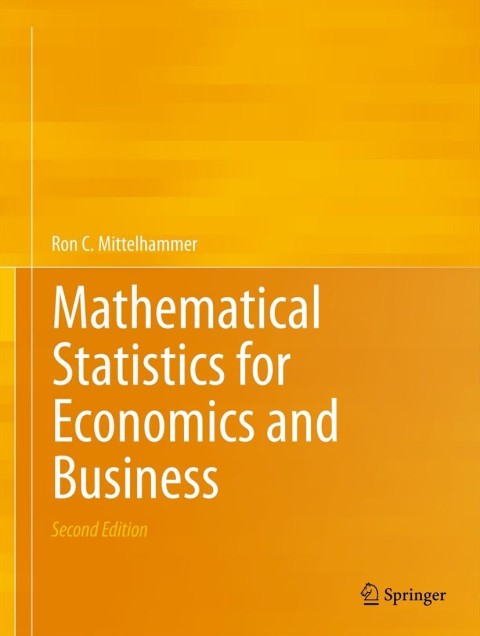Let an outcome of the random variable (T) represent the time, in minutes, that elapses between when
Question:
Let an outcome of the random variable \(T\) represent the time, in minutes, that elapses between when an order is placed at a ticket counter by a customer and when the ticket purchase is completed. The following probability model \((R(T), f(t))\) governs the behavior of the random variable \(T\) :
\(f(t)= \begin{cases}3 e^{-3 t} \text { for } t & \in R\{T\}=[0, \infty) \\ 0 & \text { elsewhere }\end{cases}\)
a. What is the probability that the customer waits less than \(3 \mathrm{~min}\) to have her ticket order completed?
b. Derive the cumulative distribution function for \(\mathrm{T}\). Use it to define the probability that it takes longer than \(10 \mathrm{~min}\) to have the ticket order completed.
c. Given that the customer's wait will be less than \(3 \mathrm{~min}\), what is the probability that it will be less than \(1 \mathrm{~min}\) ?
d. Given that the customer has already waited more than \(3 \mathrm{~min}\), what is the probability that the customer will wait at least another \(3 \mathrm{~min}\) to have the ticket order completed?
Step by Step Answer:

Mathematical Statistics For Economics And Business
ISBN: 9781461450221
2nd Edition
Authors: Ron C.Mittelhammer





